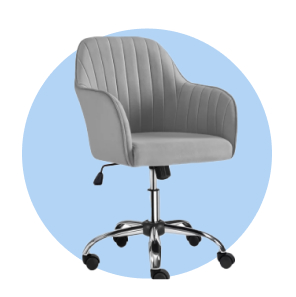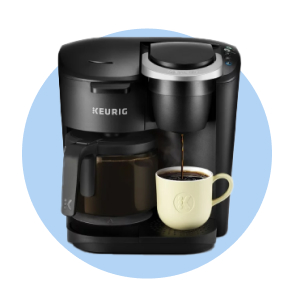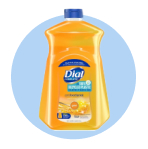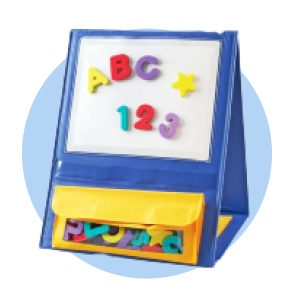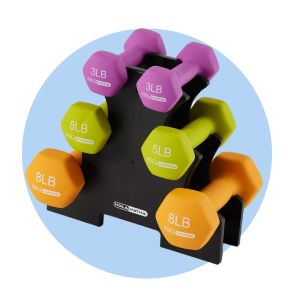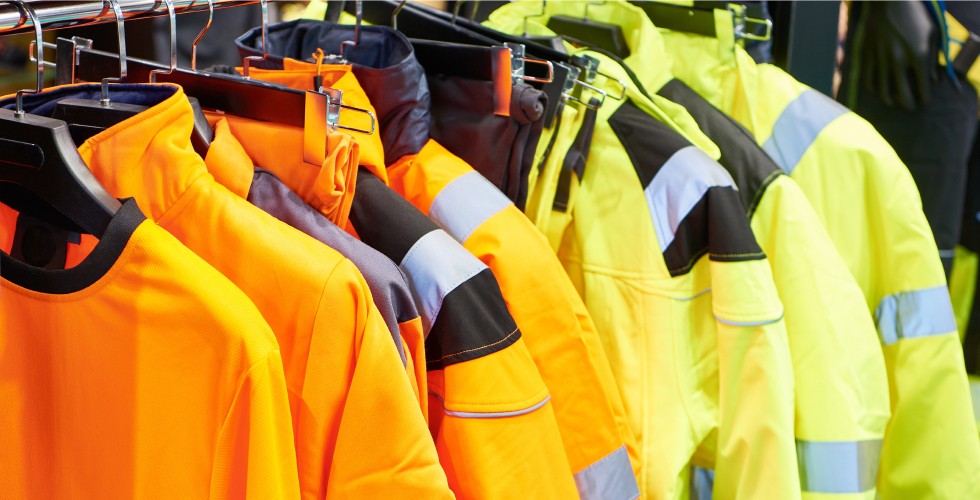
A Business Owners Guide to Buying Winter Work Clothes
Protect workers from the elements
Winter brings new dangers to work sites. If workers are going to be outdoors during winter, they need winter work clothes that can protect them when the weather turns nasty. This guide will help you choose the best pants, coats and gloves to keep your workers comfortable and effective in the cold.
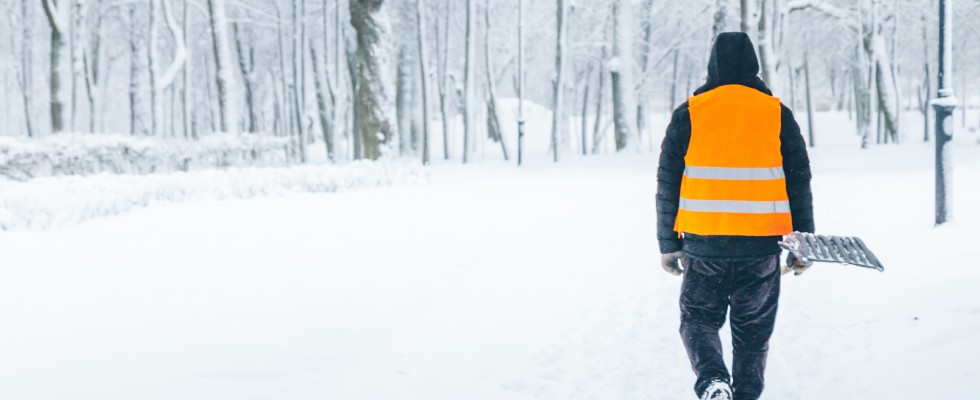
Getting the most from winter work clothes
Winter work clothes need to balance warmth, maneuverability and flexibility. Layering can help workers achieve all three, but only if they start with relatively form-fitting clothes. Shirts and sweaters should fit comfortably underneath jackets and coats. Avoid bulky clothes that restrict movement.
Wool, silk and moisture-wicking synthetic fibers work well as base layers. Avoid cotton, as it can absorb sweat and keep the wearer cold. Down and synthetic down are good options for jackets because of their warmth. For hats and glove linings, look for wool, fleece or synthetic materials.
Maintaining your winter workwear can help it last a long time. You may not need to wash it after every use. If it's visibly dirty or carries an odor, wash it according to the manufacturer's cleaning instructions. Try to avoid hot-water wash cycles, as they can damage clothing over time.
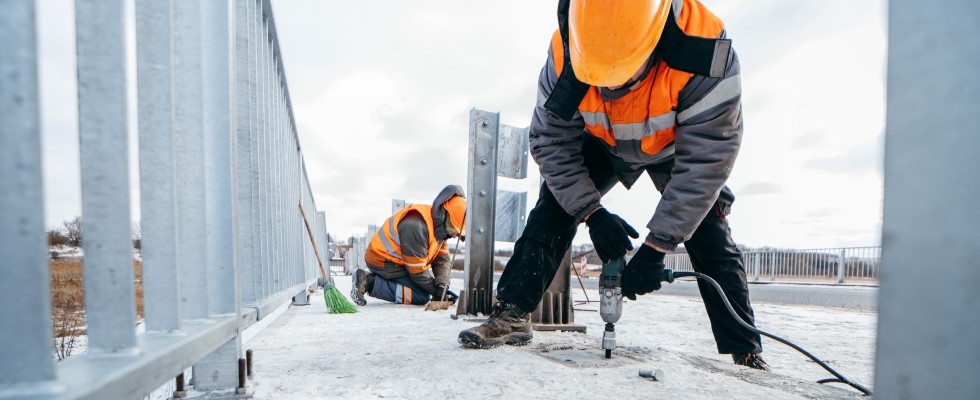
What is thermal workwear?
Although all clothing can help keep the wearer warm, some clothes are better at it than others. Thermal workwear is designed to be used outdoors and in the cold. Wool, silk and synthetic materials can trap body heat and keep their wearers warm. Special knitting patterns or weaves can enhance that effect.
Thermal workwear can also wick moisture. When workers wear insulating clothing, they can start to sweat. If that sweat soaks into their clothes, it can evaporate and bring their temperature down. The best winter work clothes will wick moisture away to keep workers warm and dry.
To learn more about thermal workwear, read What Is Thermal Workwear and Why Is it Worth the Investment?
Buying jackets for winter work
To choose the right jacket for cold weather work clothes, first think about your environment. What is the area's average temperature on winter days? How much rain or snow can you expect? Combine this information with how long workers spend outside and how active they'll be. The colder, wetter and less active they are, the warmer the jacket they'll need.
Once you've answered those questions, look for these features to make sure you choose a high-quality jacket.
Durability
Winter work clothes need to be built to last. One useful shorthand for durability is a fabric's denier, which is a measurement of fabric thickness. In general, a denier of 30D or higher should perform well on a job site.
Insulation
Insulation provides most of a jacket's heat retention. Down, made from duck feathers, is lightweight and effective as long as it stays dry. But when it gets wet, it can cool the wearer down. Some people are also allergic to it. Fleece is a synthetic wool that's light, breathable and makes a good alternative to down.
Breathability
Breathable fabrics help moisture escape from under a jacket, avoiding the sweat buildup that can make workers cold. If you need a waterproof jacket, look for one with ventilation zippers. They can help regulate sweat without sacrificing protection from the rain.
Visibility
Look for high visibility safety apparel (HVSA) that meets your working conditions. According to the American National Standards Institute, Class 1 HVSA is recommended for roadwork and residential street repair. Workers on airport runways and in forestry should look for Class 2. Highway and railway workers should use Class 3 HVSA.
To learn more about choosing the best winter jacket, read Winter Work Jackets: A Business Owners Buyers Guide.
Choosing boots for winter work attire
No set of outdoor winter work clothes is complete without boots. Boots provide ankle support, limit slipping and keep feet warm. Pair them with warm, moisture-wicking socks for maximum comfort and protection. When shopping for winter boots, consider the following features.
Size & height
Each worker need a boot that fits their foot snugly without being too tight. Some boots run larger than others, so workers should try on boots with the kinds of socks they're likely to be wearing on the job. Higher boots can limit mobility, but tend to do a better job of keeping snow out and feet dry.
Waterproofing
Freezing water is one of the most dangerous aspects of winter work. When it touches socks or skin, it can increase the risk of frostbite and hypothermia. Pick up waterproof or water-resistant boots if your workers are frequently going to be outside in wet conditions.
Safety
Uneven work surfaces, snow and ice make slips and falls more common in winter work. Steel toed boots provide excellent protection, but the metal can conduct the cold from snow and ice. Composite toe boots can help protect workers without the frosty side effects.
To learn more about choosing the right winter boots, read How to Choose the Best Winter Work Boots.
Choosing pants for winter workwear
Winter workwear pants generally break down into three categories.
Insulated work pants prioritize warmth over mobility. They add an additional layer between the inner and outer pant fabrics.
Shell snow pants aren't as warm as insulated pants, but they allow the wearer to add or remove layers. That allows for more customization of temperature and maneuverability. Many shell pants use breathable and water-resistant materials to keep the wearer comfortable and dry.
Bib snow pants extend protection above the waist. Workers wearing bib pants don't necessarily need jackets or coats to stay warm and can often get by with just a heavy sweater.
Valuable features for insulated pants
Breathability: Insulated pants are typically the least breathable option for winter work clothes. Opting for pants made with synthetic insulating materials can help avoid the buildup of potentially dangerous sweat.
Ventilation: Some insulated pants include zippers along the inner thighs. Opening these zippers can allow air to circulate, releasing heat and moisture.
Full-length zippers: Zippers that run the length of the pants make them easier to pull on and off. They also help pants fit over bulky winter boots.
Water resistance: Water resistance is measured in how many millimeters of water a fabric can resist before soaking. Look for water protection ratings of at least 5,000 millimeters.
Reinforced materials: Work sites can be tough on clothes. Look for reinforced knees, seats and other areas of stress to improve the chances your pants will last for more than just a season.
To learn more about choosing insulated work pants, read Essential Features to Look for In Insulated Work Pants.
Choosing gloves for winter work
In addition to improving grip, gloves can protect against the cold and keep hands dry. Some even allow for touchscreen use. Choosing the right gloves for your winter work clothes will depend on the type of work you do. Here are some factors to consider when shopping.
Materials
Wool is naturally warm, insulating, breathable and flame-resistant.
Leather is durable, easy to waterproof and grippy. Leather gloves may be stiff at first, requiring the wearer to break them in for maximum comfort and flexibility.
Synthetic fabrics vary widely and are often used to supplement natural materials. Blended gloves can provide additional insulation, grip and cut resistance.
Design features
Gauntlet designs extend past the cuff of the sleeve. That can cover more skin and improve protection, but it may come at the cost of some range of motion.
If a pair of gloves gets soaked in water, removable and replaceable liners allow you to get them back into service quickly.
Leashes let the wearer attach their gloves to their wrists so that they don't lose them.
Safety specifications
Manufacturers use standards set by the European Committee for Standardization and the ANSI to indicate safety ratings.
Gloves are often rated for safety across five categories: cut resistance, abrasion resistance, wear and tear prevention, puncture resistance and impact resistance. The European standard EN 388 judges most of these protections on a scale from one to four. Only cut resistance is measured from one to five, while impact resistance uses a binary measure.
To learn more about choosing winter work gloves, read Choosing the Best Winter Work Gloves for Comfort & Durability.
Get winter ready with Walmart Business
If you're buying winter work clothes for your employees, do it for less with Walmart Business. Make a free account to shop a broad selection of winter workwear, from boots to hats.
Ready to save even more? Upgrade to a Walmart Business+ membership for free shipping on your orders.1 Plus, you can have orders over $35 delivered from a local store,2 and orders over $250 earn 2% back as Walmart Business Rewards.3 All told, you could save over $500/year.4 Click here to sign up.
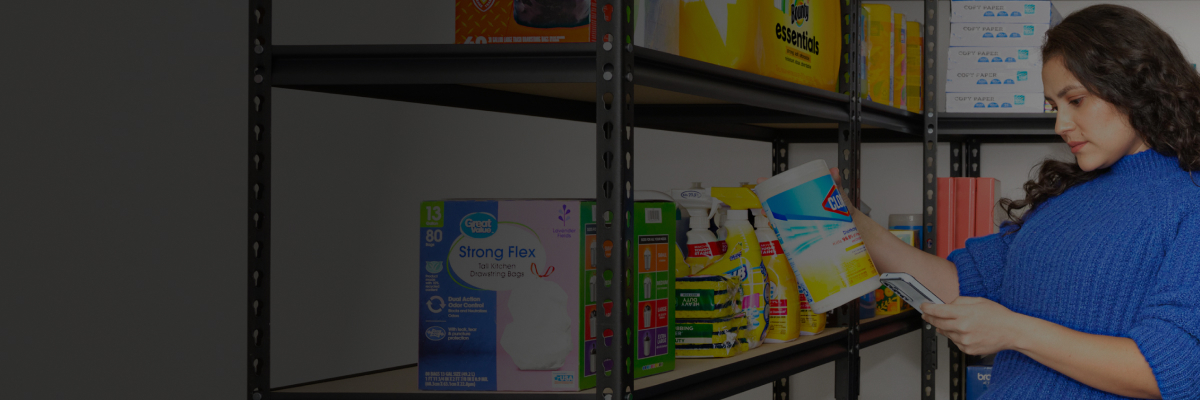

Limited-time offer
Unlock your special promo code
Stay informed on Walmart Business news & get $20 off a $100 purchase!1
1Minimum order of $100. Promo code can be used one time & may not be combined with other offers. Offer not transferable & void where prohibited by law. Customer responsible for all applicable taxes. Offer expires 12/31/2025 at 11:59pm PT. Further restrictions apply. See terms at checkout for details. Promo code offers available in limited quantities. While supplies last.
1 Excludes most Marketplace items, freight and certain location surcharges.
2 Restrictions apply.
3 Rewards can only be used toward future purchases on Walmart Business. Additional terms apply.
4 Savings based on 1 free $35+ delivery order vs. $9.95 fee and 1 free shipping order under $35 vs. $6.99 fee biweekly, plus 2% Walmart Business Rewards on monthly order >$250 (average value of $400).
Exciting news awaits
Hear firsthand about new products, features & promotions.
By clicking submit, you agree to receive emails about Walmart Business and acknowledge you have read and agreed to our Terms of use and Privacy Policy.



